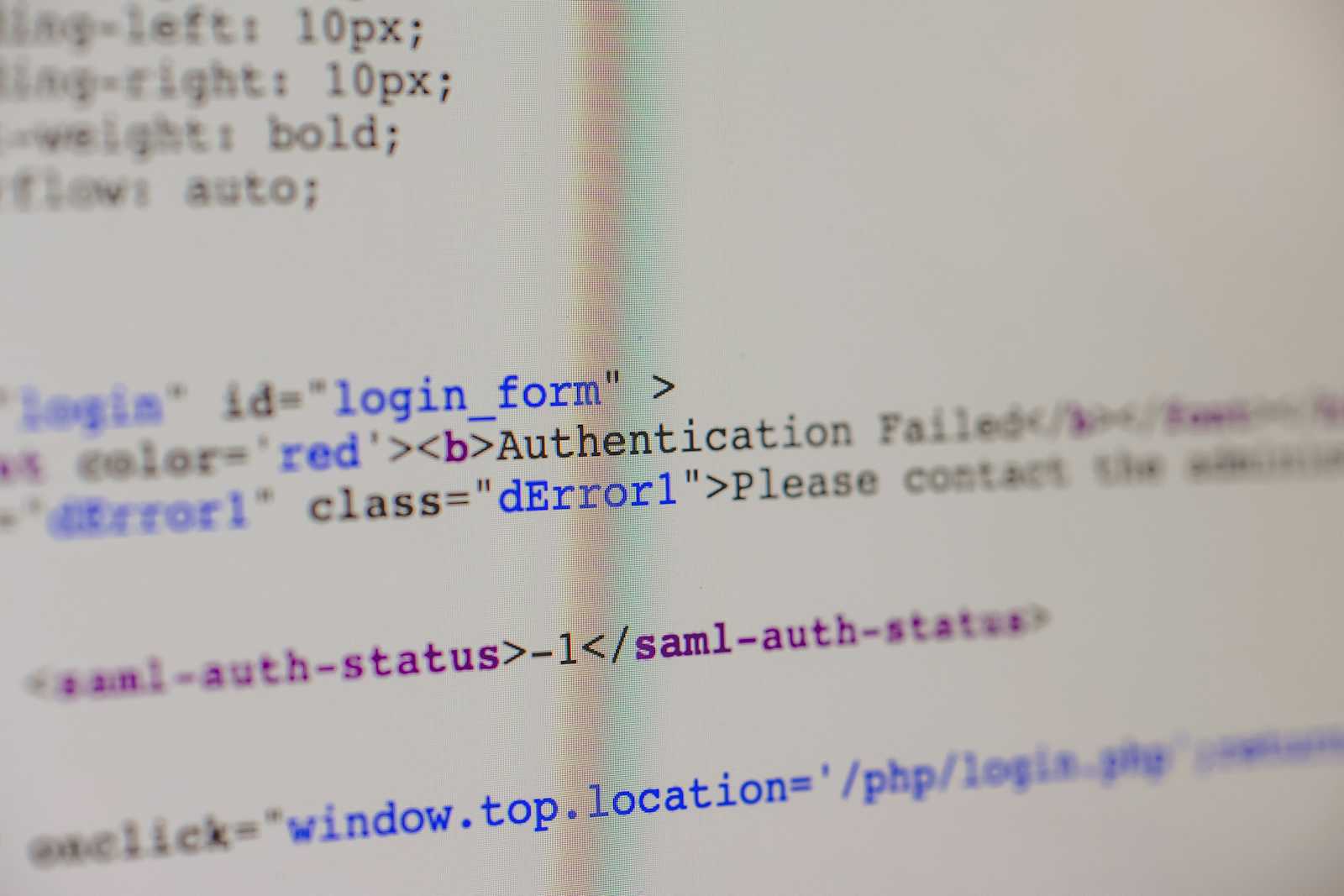How to Debug paste Error in R
 Vanshika Kumar
Vanshika KumarTable of contents

Introduction:
The paste() function is frequently used in R programming to concatenate strings or combine values into a single string. However using paste() can lead to unexpected behavior or incorrect output, among other errors. It's essential to debug these errors to ensure your code operates correctly.
Concepts related to the topic:
paste() Function:
In R, character strings and vectors can be concatenated to create a single string by using the paste() method. Missing value handling and element separator specifications are supported.
paste0() Function:
paste0() is an R function that concatenates vectors after converting them to characters. It is similar to paste(), but it does not add a separator between the concatenated strings. Here's how paste0() works.
#Using paste0() to concatenate strings without a separator
paste0("a", "b", "c")
# Output: "abc"
#Equivalent to paste() with collapse argument set to ""
paste("a", "b", "c", sep = "")
# Output: "abc"
Paste0() concatenates the strings directly without the need for a separator, in contrast to paste(), which by default inserts a space. When you wish to concatenate strings without adding any extra characters in between, this can be helpful.
Common Errors:
Errors while using paste() may include unexpected output, missing values, incorrect separators, or failure to concatenate elements properly.
How paste() works:
Example 1: Concatenating two strings using paste.
paste("Hello", "World")

Example 2: Concatenating a vector of strings using paste

Example 3: Paste error might occur here:
# Define a vector
vec <- c(1, 2, 3)
# Incorrect usage of paste function
paste("The sum of the vector is: ", sum(vec, na.rm = TRUE), " and the mean is: ", mean(vec, na.rm = TRUE), sep = "")

In the above example, the sep argument is incorrectly placed inside the paste() function, which may result in an error.
Cause of the Error:
The paste function accepts many arguments and concatenates them into one string. However, if any of the arguments are not of character, R will try to coerce them into character. If coercion fails, this can result in unexpected behavior and errors.
For example, consider this:
x <- 10
y <- "apples"
paste("I have", x, "and", y)
x and y are the numerical and character variables in this code, respectively. R tries to force x to a character when paste is called so that it can be concatenated with the other strings. But since x isn't a character, R uses as. character(x) to force it to be a character, producing "10". The paste function's final result will be:


Let us now consider an example in which x is a complex object, like a data frame, rather than a simple numeric variable:
x <- data.frame(a = 1:3, b = letters[1:3])
y <- "rows"
paste("The data frame has", x, y)
R does not know how to convert a data frame to a character vector, so it will attempt to force the entire data frame x to a character in this scenario, which will result in an error.
Error in paste("The data frame has", x, y) :
cannot coerce type 'closure' to a vector of type 'character'
R is unable to force the data frame x to become a character vector, which results in this error. Concatenating the data frame's elements into a single string using the paste and toString functions will resolve this error:
paste("The data frame has", toString(x), y)

Handling the Error:
'tryCatch' is a function in R that allows you to catch and carefully handle errors relating to non-character arguments in the paste function. Here's how you can do it:
Example 1: Using tryCatch to Catch and Handle Errors:
Enclose the call to the paste function in a tryCatch block.
Use a particular error-handling code to handle warnings and errors.
# Example 1: Handling error when concatenating a data frame
x <- data.frame(a = 1:3, b = letters[1:3])
y <- "rows"
result <-tryCatch({
paste("The data frame has", x, y)
}, error = function(e) {
# Print custom error message
cat("Error occurred:", conditionMessage(e), "\n")
# Return NULL or any default value
return(NULL)
})
if (!is.null(result)) {
print(result)
} else {
# Handle error case
# e.g., print a message or take other appropriate action
cat("Handling error case...\n")
}

In this example, the tryCatch block catches the error and prints a custom error message if it arises when attempting to concatenate the data frame x with the string y. Then, it returns NULL, suggesting that there was a mistake. Lastly, the code prints the result after making sure the result is not NULL. In the absence of that, a message is printed to handle the error case.
Example 2: Using toString to Convert Non-Character Objects:
Before sending non-character objects to the paste function, use toString to convert them to characters.
# Example 2: Using toString to handle non-character objects
x <- data.frame(a = 1:3, b = letters[1:3])
y <- "rows"
result <- paste("The data frame has", toString(x), y)
print(result)

In this example, the data frame x is first converted to a character vector using the toString function, and then it is passed to the paste function. By doing this, the mistake that results from trying to concatenate a non-character object straight with other strings is avoided.
These methods let you handle issues with non-character arguments in the paste function and make sure your R code runs without any problems.
Debugging Techniques:
Understanding the input arguments and their types.
Checking for missing values or NA values in input vectors.
Verifying the syntax and usage of paste() function.
Using print statements or debugging tools to inspect intermediate values.
Example 1: Debugging Missing Values in paste()
# Example with missing values
vec1 <- c("a", "b", NA, "c")
vec2 <- c("x", "y", "z")
# Using paste() without handling missing values
result <- paste(vec1, vec2)
print(result)


Example 2: Debugging Separator Issue
# Example with incorrect separator
vec <- c("apple", "banana", "orange")
# Using paste() with incorrect separator
result <- paste(vec, collapse = "-")
print(result)


Steps Needed:
Identify the Issue:
Examine the input vectors and expected output to identify the discrepancy.
Check for Missing Values:
Verify if there are any missing values (NA) in the input vectors and handle them appropriately.
Review Syntax and Arguments:
Ensure correct paste() function usage, including specifying the correct separator and handling optional arguments.
Use Debugging Tools:
Utilize R's built-in debugging tools such as print statements or interactive debugging to inspect intermediate values and identify the source of the error.
Test with Sample Data:
Create small, reproducible examples to test different scenarios and validate the behavior of the paste() function.
Following these steps can help you effectively debug errors related to the paste function in R and ensure that your code runs smoothly.
Subscribe to my newsletter
Read articles from Vanshika Kumar directly inside your inbox. Subscribe to the newsletter, and don't miss out.
Written by

Vanshika Kumar
Vanshika Kumar
Sage Code Hooter: A dedicated "Python" and "Blockchain Enthusiast" Also, I write blogs!!!